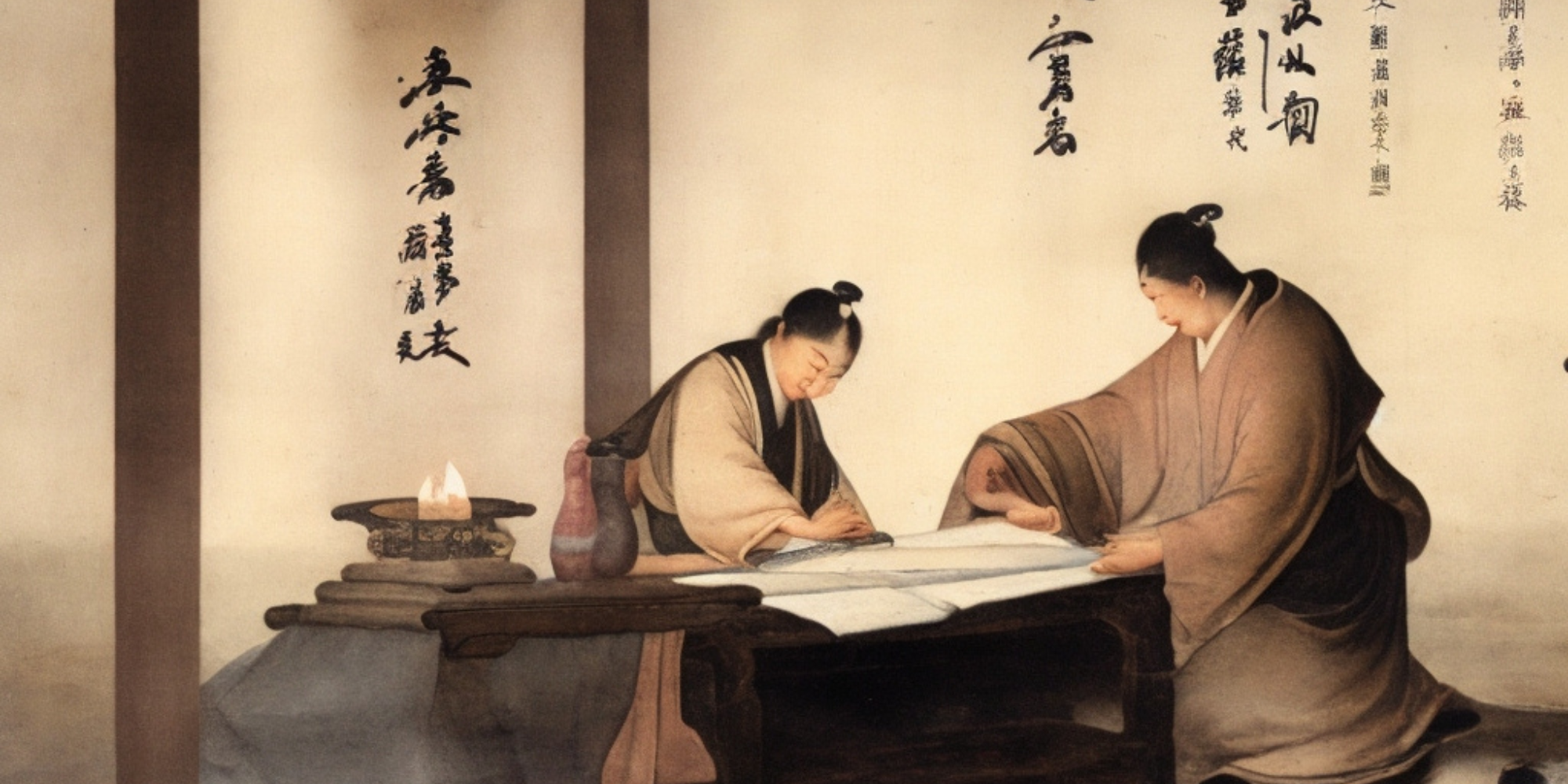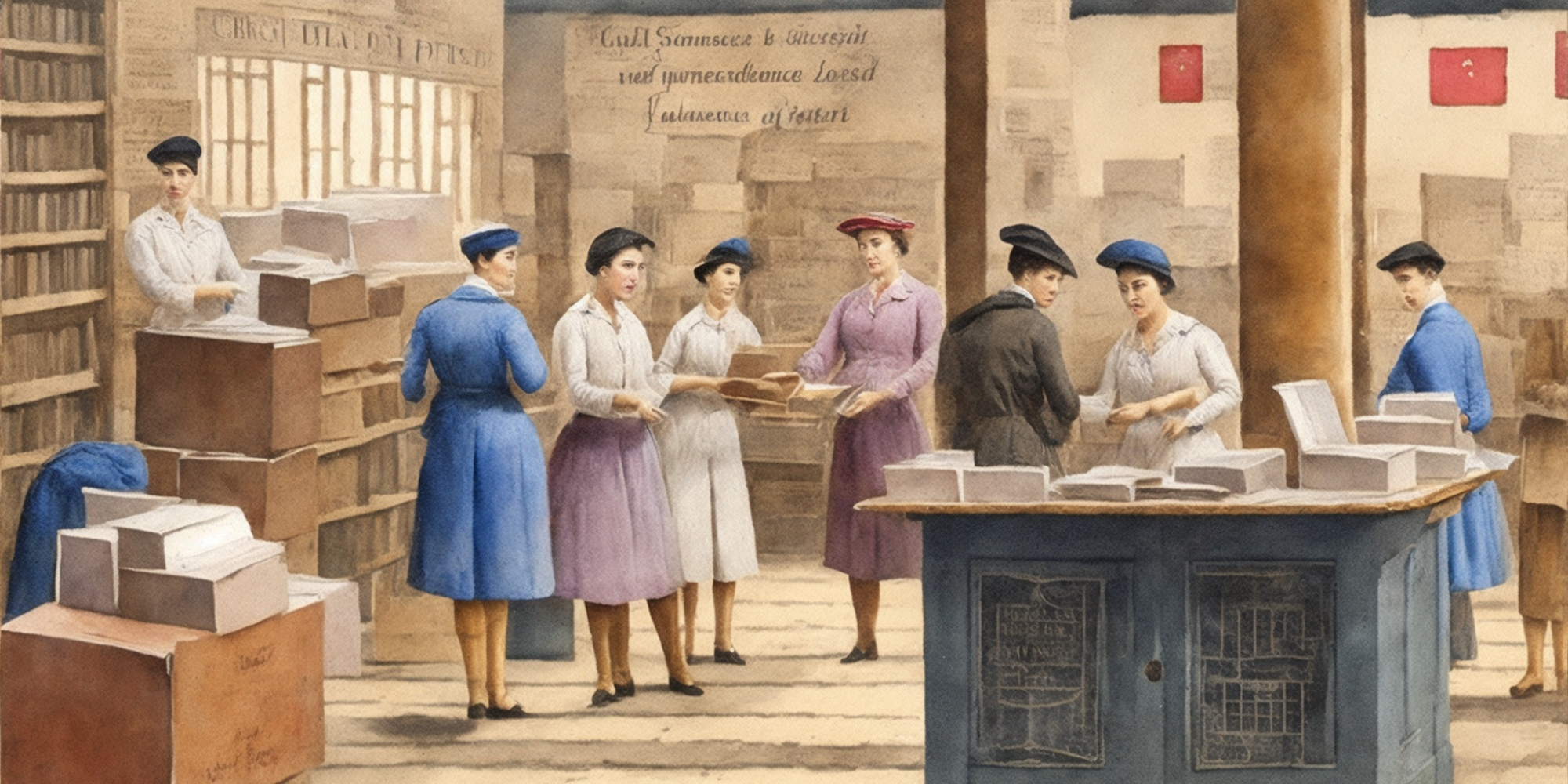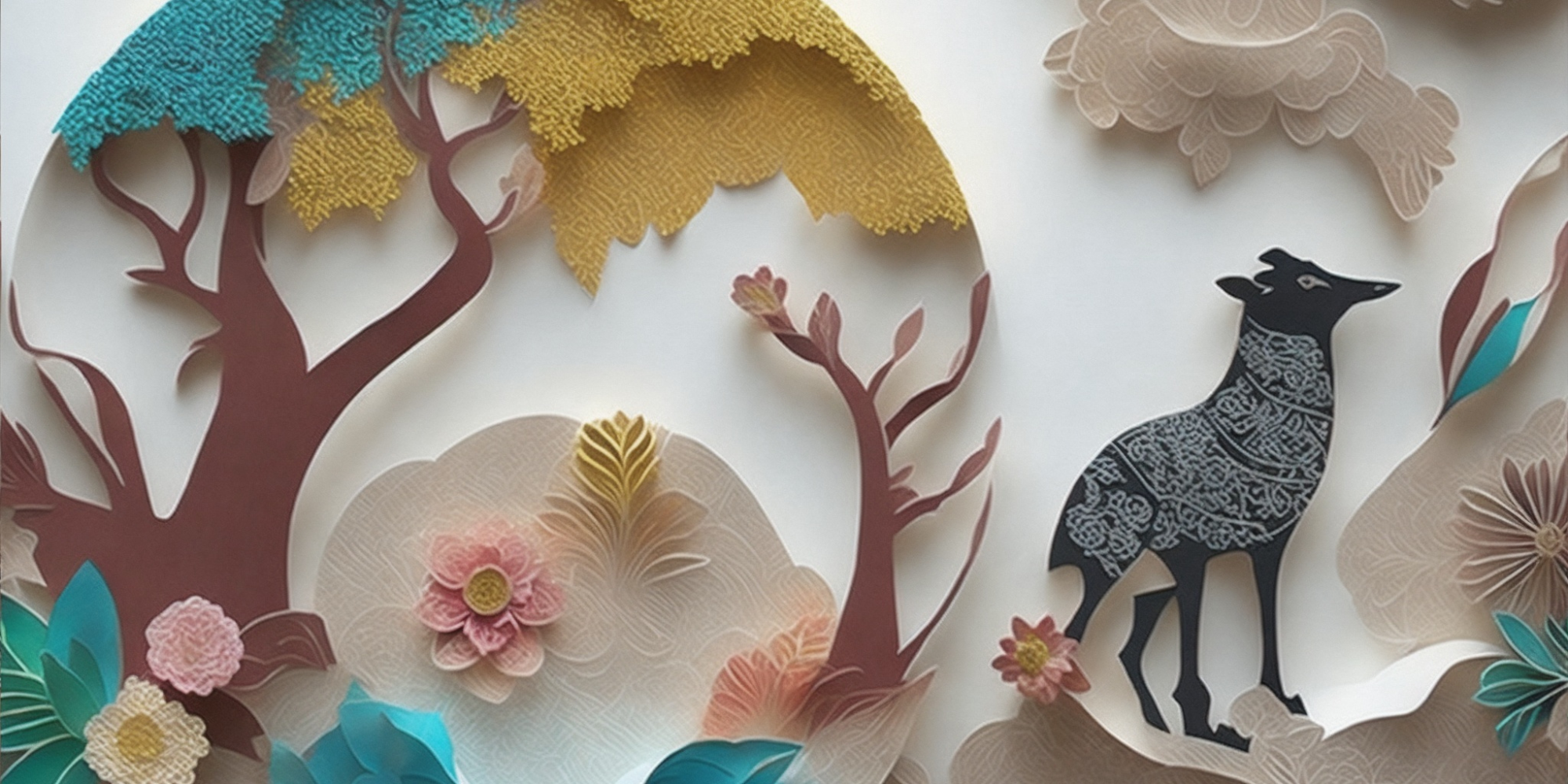The Cultural Significance of Paper: A Journey Through Time
In the ever-evolving world of technology and digital communication, it is important to take a step back and appreciate the historical significance of the paper. The paper has played a pivotal role in the development of human civilization, serving as a medium for communication, knowledge sharing, and artistic expression. This article delves into the rich cultural history of paper, exploring its invention, impact, and evolution as both a practical and artistic medium.
1. The Invention of Paper

1.1 Unearthing the Origins and Ancient Techniques
The invention of paper can be traced back to ancient civilizations in China, where it was first developed around 2,000 years ago. The Chinese, known for their ingenuity, crafted paper using natural fibers, such as mulberry bark, hemp, and old fishing nets. These fibers were beaten into a pulp, mixed with water, and then spread thinly onto a flat surface to dry, resulting in a thin and versatile material that would revolutionize human communication.
1.2 Paper's Global Journey: From East to West
The art of papermaking gradually spread to other parts of the world, reaching the Islamic world in the 8th century and making its way to Europe during the Middle Ages. Each culture adapted the techniques and materials used in paper production, adding its own unique touch to this ancient craft. From the papyrus scrolls of ancient Egypt to the parchment manuscripts of medieval Europe, paper became an essential tool for recording and preserving knowledge.
2. Paper's Impact on Communication and Knowledge Sharing

2.1 Liberating the Written Word: Paper's Accessibility Revolution
With the invention of paper, the written word gained newfound accessibility and versatility. Prior to paper, civilizations relied on materials such as clay tablets, stone, or animal skins for recording information, which were often heavy and cumbersome. Paper provided a lightweight and portable alternative, making it easier to disseminate ideas, record history, and share knowledge across vast distances.
2.2 The Printing Press: Paper's Catalyst for Intellectual Progress
The introduction of the printing press in the 15th century by Johannes Gutenberg further transformed the impact of paper on communication. The ability to mass-produce books and other printed materials accelerated the spread of knowledge and fueled the Renaissance, marking a turning point in human history. Books became more accessible, leading to increased literacy rates and a surge in intellectual and cultural development.
3. Paper as an Art Medium

3.1 From Craftsmanship to Masterpieces: Exploring Paper's Beauty
While the paper is primarily associated with the written word, it has also evolved into a remarkable art medium in its own right. Skilled artisans worldwide have harnessed the versatility of paper, utilizing it to create intricate sculptures, delicate origami, and stunning paper-cut designs. These artistic endeavors not only showcase the craftsmanship and creativity of the artists but also highlight the adaptability and beauty of paper as a medium.
3.2 The Harmony of Ink and Paper: Calligraphy's Dance
Calligraphy, the art of beautiful writing, has been intertwined with paper for centuries. From the elegant Chinese brush strokes to the intricate Arabic scripts, calligraphers have found in the paper a perfect surface to express their artistry. The texture and absorbency of paper greatly influence the final outcome, enabling calligraphers to convey emotions and meanings through their strokes and curves.
4. Paper in Rituals and Traditions

4.1 Sacred Offerings: The Role of Paper in Ceremonies
The profound importance of paper manifests itself in diverse cultural rituals and traditions observed across the globe. Within numerous Asian cultures, paper offerings hold a prominent place in religious ceremonies, serving as a means to pay homage to ancestors and deities. These ceremonies involve the burning of intricate paper crafts that resemble various items such as food, money, or even ordinary objects. Through this act, the symbolic transfer of spiritual possessions to the realm of spirits is enacted. These rituals vividly exemplify the belief in the interconnectedness of the physical and spiritual planes, with paper serving as a powerful symbolic medium in these sacred practices.
4.2 Festivals and Celebrations: Paper's Vibrant Influence
The paper holds immense importance in a multitude of festivals and celebratory events celebrated across the globe. Within Chinese culture, the ancient art of crafting paper lanterns has been revered for countless centuries. During momentous occasions, like the Lantern Festival, the night sky becomes a canvas of vibrant splendor as meticulously designed paper lanterns illuminate the surroundings, creating an enchanting and awe-inspiring spectacle. Likewise, in Mexico, the streets and altars come alive with colorful and intricate paper decorations known as papel picado during the festivities of the Day of the Dead. These delicate creations symbolize the transient nature of life and serve as a visual representation of the profound bond between the living and the departed.
5. The Environmental Impact of Paper

5.1 Sustainable Production: Preserving Paper's Legacy
As we appreciate the cultural significance of the paper, it becomes imperative to also reflect upon its environmental implications. Historically, the production of paper has been associated with tree harvesting, leading to deforestation and the loss of precious habitats. Nonetheless, the paper industry has made substantial progress in advocating for sustainability. Today, numerous paper manufacturers prioritize responsible forestry management, opting for the utilization of recycled materials, and adopting efficient production processes to mitigate environmental harm.
5.2 Balancing Tradition and Technology: The Rise of Digital Alternatives
In recent years, the emergence of digital technology has posed new challenges to the prominence of paper. With the advent of e-books, online documents, and digital communication platforms, there has been a shift towards digital alternatives, reducing the need for physical paper consumption. While digital mediums offer convenience and accessibility, they lack the tactile experience and sensory connection that paper provides. Balancing the advantages of digitalization with the enduring cultural value of paper remains an ongoing conversation.
Conclusion: Embracing the Cultural Legacy of Paper
Throughout history, the paper has undeniably left an indelible mark on human civilization. From its modest origins in ancient China to its widespread adoption worldwide, the paper has served as a catalyst for communication, knowledge dissemination, and artistic expression. Its invention revolutionized the very fabric of how we record our history, exchange ideas, and honor our cultural traditions.
Recognizing the enormous cultural value of paper becomes more crucial as we navigate the constantly changing digital landscape. The calligrapher's expressive artistry, the written word's transformational power, and its enduring beauty and craftsmanship all add to the rich tapestry of human creativity and self-expression.
While technology is still developing quickly, paper still has a place in today's world. It continues to be a physical and beloved link to our past, a tool that nimbly connects generations, and an unending field for creative expression. We can actively protect paper's legacy and continue to be inspired by its adaptability and enduring attraction by acknowledging and embracing its historical and cultural value.
We would like to extend our heartfelt gratitude for your involvement as we conclude our journey into the realm of paper. Together, let us celebrate the diverse forms of human expression and the remarkable legacy of paper.
Feel free to explore further:
Other Blogs:
- Captivating Cage Wall Hangings
- Handmade Gifts as a conversation starter
- Your Destination for Meaningful Handmade Gifts
To know us more:

